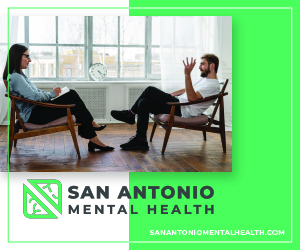Important factors influencing health literacy
By Nicole Rogers, MPH, CHES
Have you ever struggled to understand how to take a prescription drug or been confused by directions given to you by your physician? If you have ever found yourself in any of these situations, you have experienced first hand the importance of health literacy.
Nearly half of all American adults (90 million people) have difficulty understanding and using health information, according to the Institute of Medicine. These are not just people who have problems with literacy in general, but they also include people who manage the rest of their lives very effectively. Examples of health information include your doctor’s instructions, your prescriptions at the local pharmacy, physician referrals, health insurance coverage and/or information on federal programs such as Medicaid, Medicare and CHIP.
People who have limited literacy skills often have problems with the medical system, and this limitation frequently results in poorer health outcomes and increased medical care costs. Even well-educated people with strong reading and writing skills may have trouble comprehending a medical form or doctor’s instructions regarding a drug or procedure.
The San Antonio Health Literacy Initiative (SAHLI) recently conducted a study to examine the health literacy of adults in Bexar County. The SAHLI is a collaboration of individuals who have organized to address the issue of health literacy in the San Antonio area. The vision of the SAHLI is that the people of San Antonio will develop skills and behaviors which achieve and maintain the best possible health for them, their families and the community.
For the recent study, the Short Test of Functional Health Literacy in Adults (STOFHLA) was used to measure health literacy. All survey instruments were available in both English and Spanish. The test required that respondents read parts of an informed consent document and parts of an instruction sheet for a medical procedure. Approximately every fifth to seventh word is deleted in the passage and subjects are given a list of words from which to select words that best fit in the blank. Prior to the study, there was no published data about health literacy in San Antonio or the surrounding area. Among the findings of the study were…
Education and culture most influence STOFHLA scores compared to either the location within Bexar County or ethnicity. People with less than a high school education are most likely to have low levels of health literacy, followed by those who have a high school education only.
When examining health literacy scores among different ethic groups, Mexican Americans and people of other ethnic groups have the highest rates of inadequate health literacy. Even among those who speak Spanish and English equally, almost 16 percent have difficulty with health literacy.
The majority of people participating in the study had adequate health literacy. However, there is still a significant number of people who scored in the marginal and inadequate range. People with low health literacy scores are geographically spread throughout the city, but they share characteristics which are supportive of previous literature including being a minority, having less education, and less financial resources. Additionally, these were more likely to be Spanish-speaking people.
Prior to this study, health literacy levels had not been measured in any Texas city or county. If the community has evidence that a significant proportion of the population has low health literacy, it may help motivate health care systems and providers to strive to be more accessible and to provide a more user-friendly environment for our citizens.
Nicole Rogers, MPH, CHES, is the executive director of The Health Collaborative. For more information, visit the Web site at www.healthcollaborative.net






